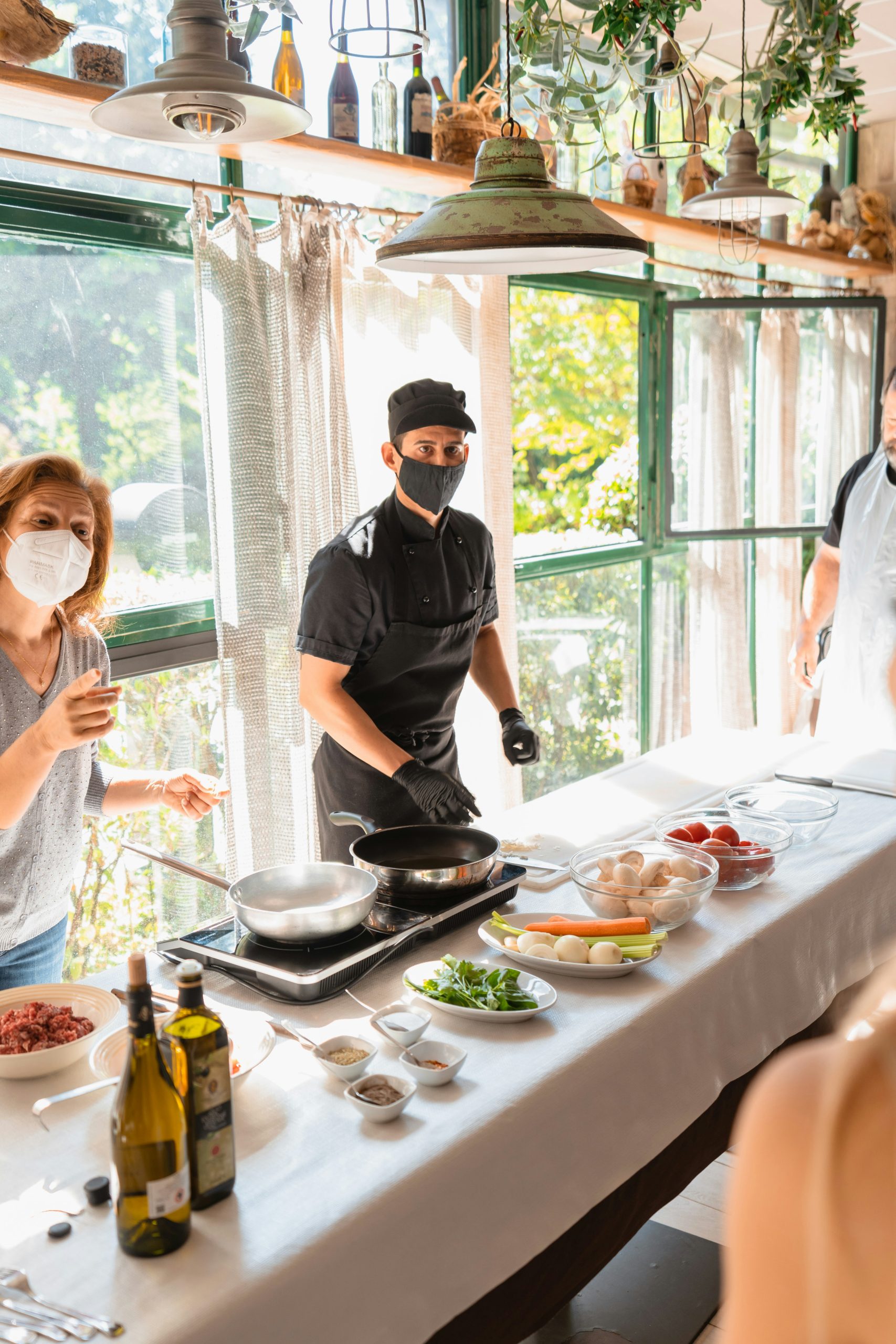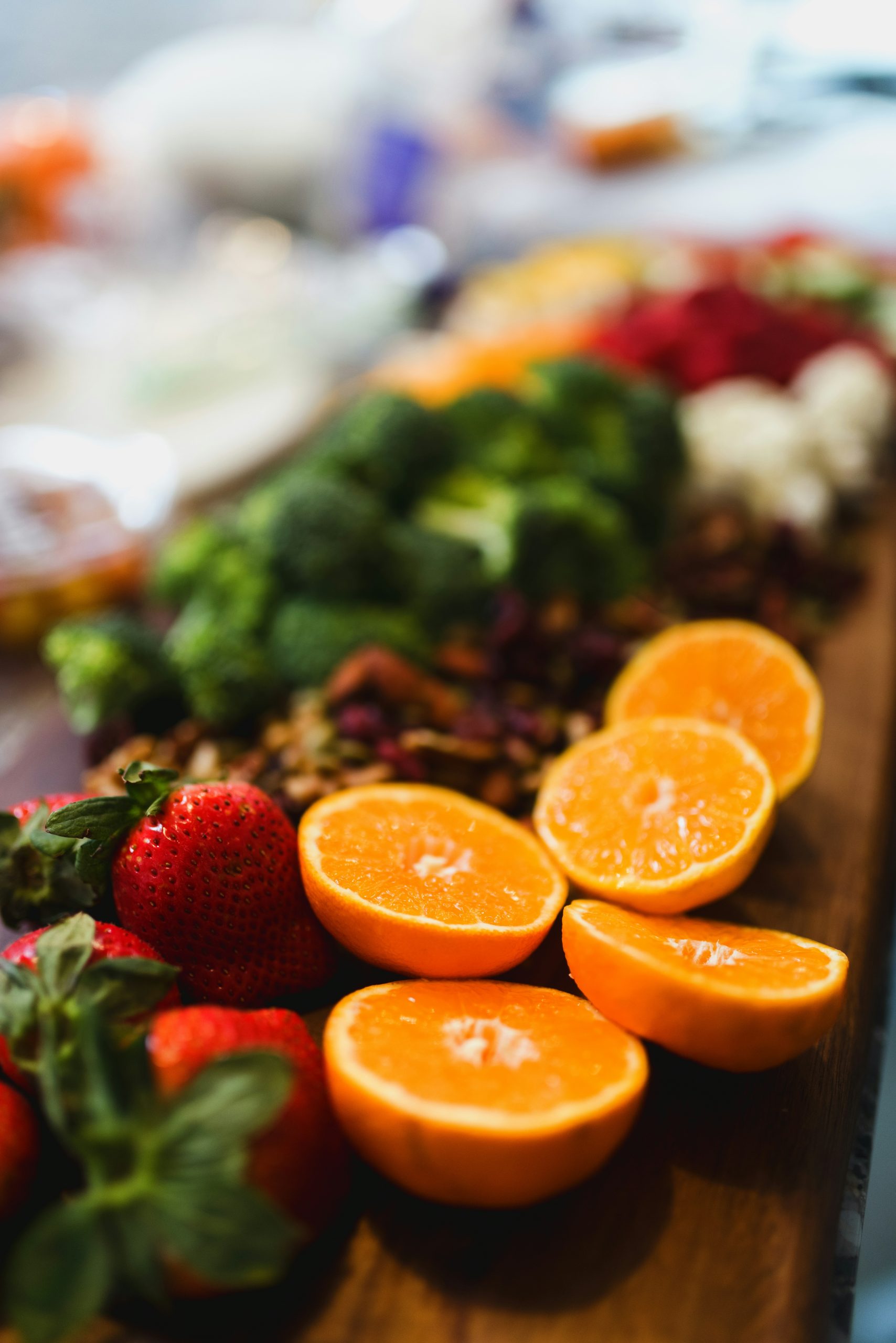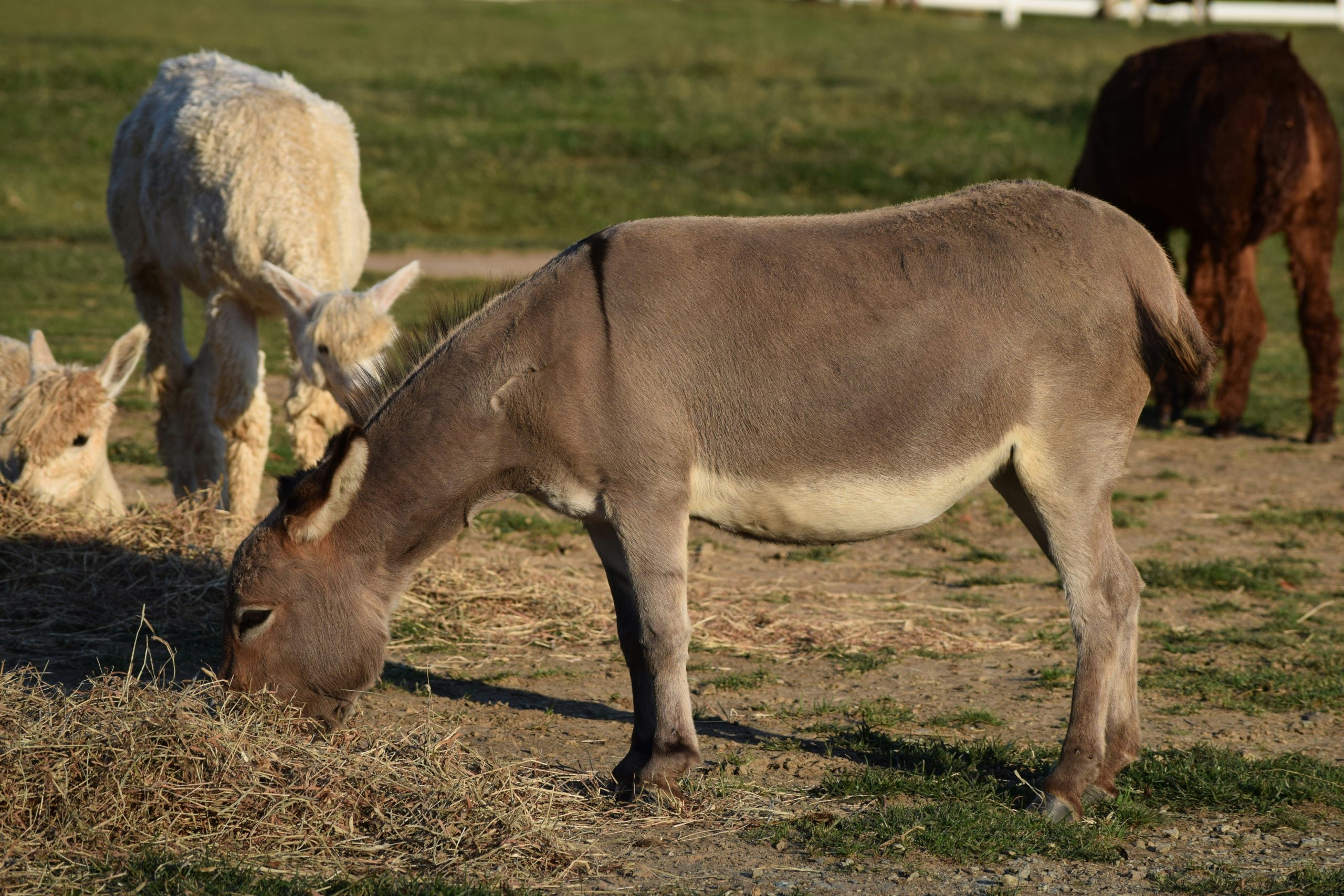Wine Pairing Essentials: How to Choose the Perfect Wine for Your Meal
Ah, wine. Just saying the word conjures images of candlelit dinners, laughter flowing like the finest Merlot, and, let’s be honest, a little bit of awkwardness as you try to remember if white should be served chilled or room temperature. (And what even is “room temperature” when it comes to wine? I mean, the room temp in my house is usually somewhere between the Arctic and a sauna.) Anyway, wine pairing is an art form that can elevate your dining experience from “meh” to “magnificent” with just a thoughtful sip. So, grab your glass, and let’s embark on this flavorful journey together!
The Basics of Wine Pairing
Before we dive into the nitty-gritty, let’s get some basics down. Wine pairing is essentially about balancing flavors. The goal is to complement the food with the wine (not drown it out, please). You want the two to dance together like they’re at a fancy ball, not trip over each other’s feet and end up in the punch bowl. Think about it this way: if your meal is spicy, a fruity wine can mellow that heat, whereas a rich, buttery dish might need a wine that can stand up to its creaminess.
The Old Rules vs. New Trends
Now, if you’ve ever read a wine guide (or just Googled “what wine goes with chicken?”), you might have come across some traditional rules. You know, things like “white with fish and red with meat.” These rules have been around longer than your grandma’s lasagna recipe. But honestly, who makes lasagna anymore? Okay, maybe just me. But the point is, while these guidelines can be helpful, the contemporary wine scene is much more flexible. I remember once attending a dinner where someone served a bold Cabernet Sauvignon with a delicate salmon dish. I gasped (in a good way). It was unexpectedly delightful! So, don’t be afraid to mix things up.
Understanding Wine Characteristics
Let’s talk about the characteristics of wine that can affect your pairing choice. Here are some essential elements to consider:
- Acidity: A higher acidity in wine can cut through fatty foods—think of it as the wine’s way of saying, “I got your back!” A crisp Sauvignon Blanc pairs beautifully with a creamy goat cheese salad.
- Tannin: Tannins come from grape skins and seeds and can make a wine taste dry and a bit bitter. Tannic red wines, like Cabernet Sauvignon, are great with protein-rich meats (hello, steak night!).
- Sweetness: Sweet wines can balance out spicy dishes—if you’re having Thai food, consider a Riesling. It’s like a soothing balm for those fiery flavors.
- Body: The body of a wine refers to its weight and fullness. A light-bodied wine like Pinot Grigio feels refreshing, while a full-bodied wine like Malbec has a heavy, rich feel. Pair accordingly!
Pairing by Food Types
Alright, let’s roll up our sleeves and get into the nitty-gritty. Here’s a handy guide to pairing wine with various food types. Remember, there are no hard and fast rules—just guidelines to help you navigate the wine aisle without ending up with something that tastes like regret.
1. Fish and Seafood
When it comes to fish, the general consensus is to go for white wines. A light, zesty Sauvignon Blanc is a classic choice for white fish, while a buttery Chardonnay pairs beautifully with richer seafood like salmon. But if you’re feeling adventurous, try a light-bodied red like Pinot Noir with grilled tuna. It’s a surprising combination that can knock your socks off! (Not literally, of course… please keep your socks on.)
2. Chicken and Poultry
Chicken is the chameleon of the culinary world, and you can find a wine for just about any chicken dish. For roasted chicken, a medium-bodied white like Viognier is lovely. If you’re slathering it in BBQ sauce, a fruity Zinfandel can complement those sweet and smoky flavors beautifully. Just remember, if you’re frying it up in a pan, a sparkling wine can be a delightful match (because who doesn’t love bubbles?).
3. Pasta
Ah, pasta. My carb-loving heart can hardly contain itself. Tomato-based sauces typically go well with Chianti or a Sangiovese, while creamy sauces are best paired with a white like Pinot Grigio or a light red like Barbera. And if you’re feeling fancy, a sparkling wine can even elevate your pasta night to a whole new level. Just don’t forget the garlic bread… that’s essential!
4. Red Meat
When it comes to beef, you’re in red wine territory. A full-bodied Cabernet Sauvignon is a classic choice for steaks, but don’t be afraid to explore other options. Syrah (or Shiraz, depending on where it’s from) can bring out delightful spice notes, while Malbec delivers a velvety richness. Speaking of which, I once paired a Malbec with a juicy burger topped with blue cheese, and let me tell you, it was a match made in heaven. (I may have cried a little.)
5. Vegetarian Dishes
Vegetarian meals can be a bit tricky, but that just means more fun exploring! If you’re having a hearty vegetable stew, a Grenache or a Merlot can work wonders. For lighter salads, a crisp Sauvignon Blanc or a dry rosé keeps things fresh and light. I’ve noticed that sometimes, a good rosé can be the perfect bridge between different flavors—like a mediator at a family dinner!
6. Cheese
Cheese deserves its own section, don’t you think? Cheese boards are practically a love language. Pairing wine with cheese can be a delightful adventure. Soft cheeses like Brie are best with a light, fruity white like Chardonnay, while aged cheeses like Gouda can stand up to a bold red like Cabernet Sauvignon. And if you’re feeling cheeky, try a sweet wine like Port with blue cheese; it’s a classic combination that can make your taste buds sing!
Practical Tips for Wine Pairing
Now that we’ve covered the basics, let’s talk about some practical tips to keep in mind when choosing your wine:
- Trust your palate: At the end of the day, you’re the one drinking the wine. If you love a particular wine, don’t hesitate to pair it with your meal, even if it “breaks the rules.”
- Ask for help: If you’re at a wine shop or a restaurant, don’t be shy! Ask the staff for recommendations. They usually love sharing their knowledge and might suggest something you wouldn’t have picked.
- Taste as you go: If you’re hosting a dinner party, consider doing a mini wine tasting with your guests as you prepare the meal. It can be a fun way to experiment with different pairings and discover new favorites together.
- Experiment: Wine pairing is an art, but it’s also a science. Don’t be afraid to try unconventional pairings. You might just stumble upon your new favorite combo!
Final Thoughts
So, there you have it! Wine pairing doesn’t have to be intimidating. With a little knowledge (and maybe a bit of trial and error), you can elevate your meals and impress your friends (or just enjoy it all by yourself, no judgment here!). Just remember, the most important rule of wine pairing is to enjoy the experience. So, pour that glass, savor the flavors, and let your taste buds guide you. Cheers!
(And if you happen to spill a bit on the tablecloth, just consider it a badge of honor—after all, you’re living your best wine life.)




